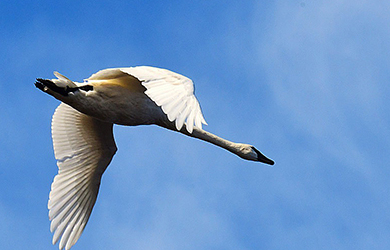
Every time I take the saddle pad off and brush her down – out of the barn she goes and rolls. So, I went to the web and ask why?
Dear Dr. McDonnell,
Almost every time I let my horses out of the stalls after feeding them, they roll in the dirt, dust, or mud. Why? Here is what I got:
Rolling associated with turnout after feeding is a slight variation on the more usual question of rolling immediately after a good grooming or a bath. Owners often ask why their horse “hates to be clean,” or tries to “ruin his coat,” and seems to deliberately roll to “spite you for grooming him.”
The short answer to rolling when turned out is that it’s normal horse grooming and social behavior to roll whenever turned out from the stall to an open area. But since rolling is one of the most interesting equine behaviors, I’ll take the opportunity of your question to explain in greater detail how and why rolling is normal.
In horses living outdoors all of the time, especially those living under natural herd conditions, rolling behavior is one of the most conspicuously frequent social and grooming behaviors. While we don’t know precisely what stimulates rolling and what it means in all circumstances, it likely serves several purposes. These would include:
Speed drying and refluffing of a wet or matted coat to restore maximum insulative properties.
Covering the coat with dust that reflects the sun and possibly helps repel biting insects.
Aiding in shedding.
Increasing comfort by scratching.

On our way to the Soo to pick up my truck from the service garage – we took the 7:10 and just down the road here is what we saw through the windshield. Beautiful it was! but cool – never made it to 50 degrees all day! that is about 20 degrees below normal.

What is this bird? — photo across the bay – used the 1000 mm zoom on my point and shoot camera. I think it is an immature eagle — What do you think?

Do you see the well hidden eggs of the Killdeer?
Their name comes from their frequently heard call. These birds will frequently use a distraction display (“broken-wing act”) to distract predators from their nests. This involves the bird walking away from its nesting area holding its wing in a position that simulates an injury and then flapping around on the ground emitting a distress call. The predators then think they have easy prey and are attracted to this seemingly injured bird and away from the nest. If the parent sees that a potential predator is not following them, they will move closer and get louder until they get the attention of the predator. This is repeated until the predator is far from the nest, and the killdeer suddenly “heals” and flies away.[

Now that I am back on the Island, I will try to update my story to the grandkids mor often – and anyone else who may chance upon the site!


Leave a Reply